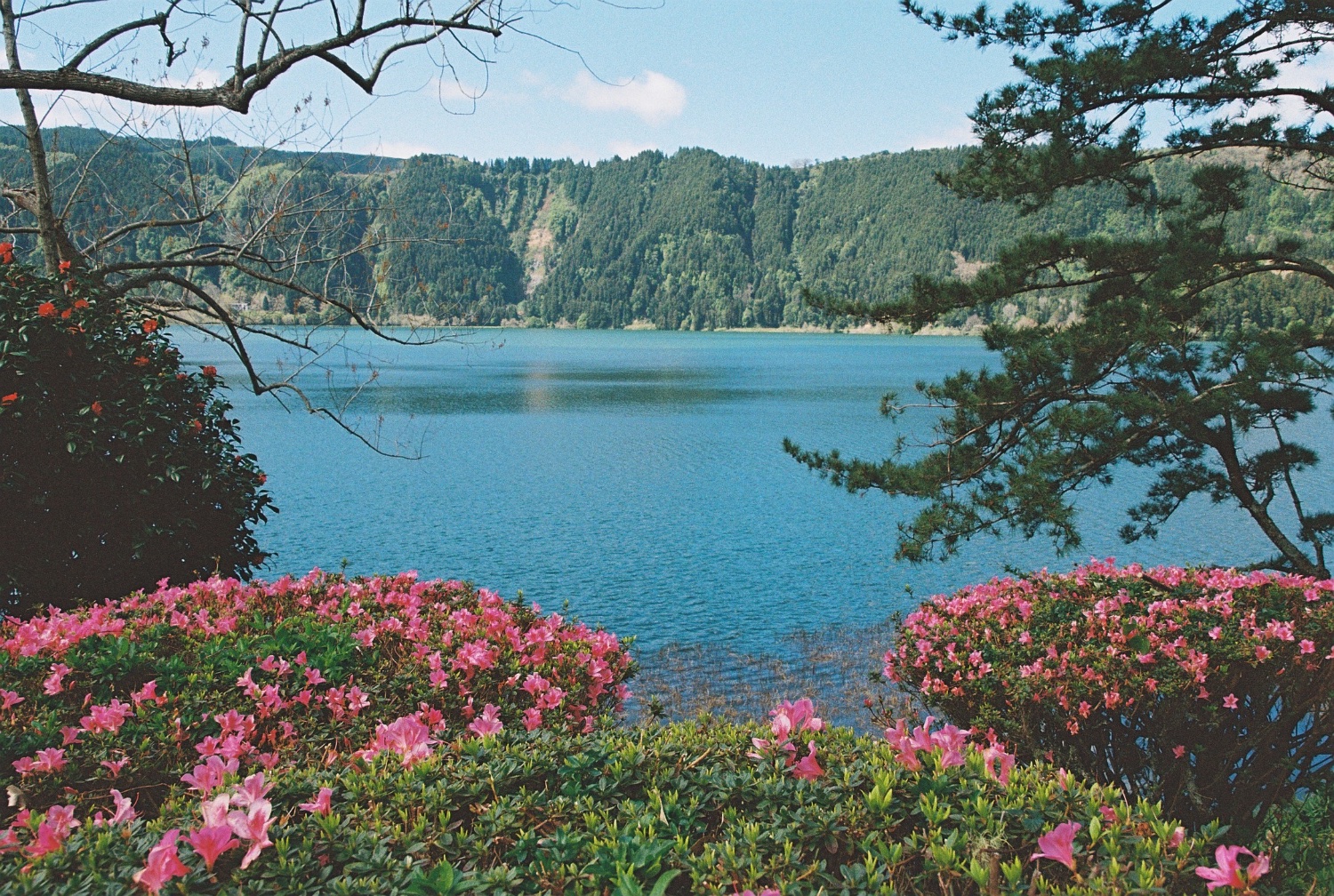Par for the course for Apartheid Space-Karen.
sparky
Yea, that’s actually a more accurate way to phrase it. Ask it to generate something with Hitler and it’ll happily oblige, ask it to generate something supporting trans rights and it’ll block you.
It’s an extremely niche product, to be fair. The general public was never going to buy it, and diehards will buy it at a premium price. When you consider the small manufacturing runs they’re probably planning, the price seems less ridiculous IMO.
I wouldn’t pay $300 for it, so I don’t claim it’s a “good value”, but I can understand from a mathematics of manufacturing standpoint why the price is something like that.
That’s it? “We’re aware”? We do a prisoner swap with Russia and release a notorious arms smuggler, just to get back a weed smuggling basketball player. But when our “good buddy” Israel literally murders one of our citizens, we’re just “aware”?
What guardrails? Grok was intentionally designed without any. Don’t believe me? Go on the website and ask if to generate something awful - it’ll happily comply. Really disgusting way to handle AI.
How does a people that experiences the horrors of concentration camps and genocide, just a few generations later, get to the point of perpetrating the same crimes that their predecessors were victims of?
Can’t delete a torrent. Just saying. Keep seeding, Lemmings!
Is this the peace and love they’re always telling us this Jesus guy talks about?
yes, but mobile games now are literally casinos, with research going into making them as addictive as possible to maximise in app purchase and advertisement revenue
source: worked in ad tech for several years, specifically in the mobile gaming industry, monetisation/ad optimisation. a job I regret doing and which feels very scummy in retrospect.
I think this is a bit of a simplistic take. They were fleeing war and may not have had a ton of options of places to go. If they were Jewish, then getting citizenship in Israel, a developed country, was probably their quickest and easiest path out of Ukraine. It’s not actually that easy to get a residency visa in another country, and if you don’t have time to wait around what with bombs dropping, you’ll take what you can get, even if you don’t necessarily agree with the government and politics there.
Is there a list or something of where the communities on this instance are moving to?






Lmfao, what a scale!